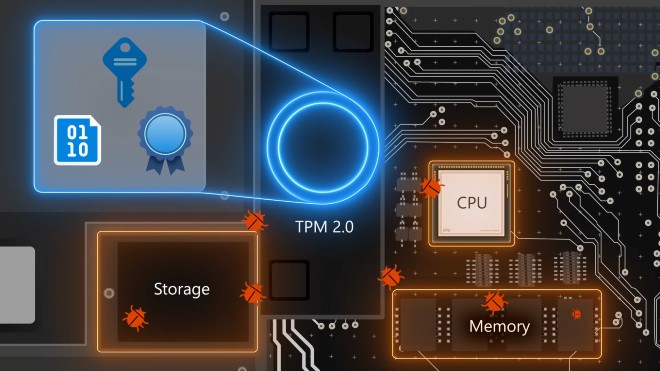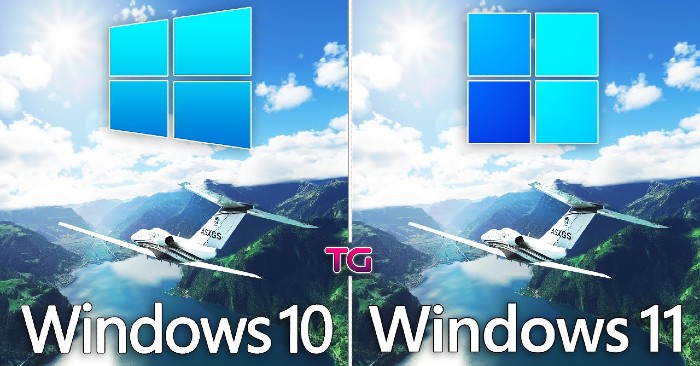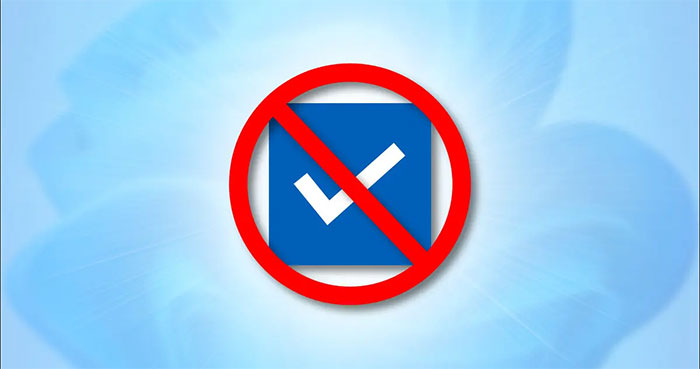Microsoft proves Windows 10 computers are vulnerable to hacking to advertise Windows 11
To promote the security of Windows 11, Microsoft invited David Weston, Partner Manager for Enterprise and Operating System Security at Microsoft, to hack straight into Windows 10.
Weston has attacked Windows 10 computers in different ways. Next, he explains why features like TPM 2.0 and VBS are so important in ensuring a safe experience for Windows 11 users.
 Microsoft proves Windows 10 computers are vulnerable to hacking to advertise Windows 11 Picture 1
Microsoft proves Windows 10 computers are vulnerable to hacking to advertise Windows 11 Picture 1
Playing a hacker, Weston gained control of a device by both remote and direct attacks. He can then steal the victim's data or lock the device for ransom.
At the beginning of the video Weston exploits the Remote Desktop Protocok (RDP) port to gain administrator access. This attack is performed remotely based on the exposed IP of the victim. Once infiltrated, Weston was able to install ransomware on a Windows 10 computer that did not have TPM and Secure Boot enabled.
Weston then bypasses the fingerprint authentication system on a Windows 10 computer that doesn't support VBS. Using a PCILeech, Weston accesses the victim's computer's memory and modifies the biometric code. This allows him to pass the fingerprint check system with ease.
Please see the details of Weston's process of hacking and attacking Windows 10 through the video below:
Once again, I would like to remind you that Microsoft has publicly "drowned" Windows 10 to advertise Windows 11.
You should read it
- Tired of Microsoft, Mozilla decided to 'hack' Windows 10
- Notorious hacker group Hafnium deployed malicious code to target Windows, Microsoft stood still
- The Windows Store will be renamed to Microsoft Store in Windows 10
- Microsoft provides security patches for Windows, IE
- Microsoft has declared Windows 8.1, but is still waiting without upgrading to Windows 10
- Even if support is discontinued, you can still hack Windows 7 to continue receiving updates from Microsoft
- The chart for the 10 most amazing versions of Windows
- Microsoft is optimizing Windows Search, committing to a faster and more accurate experience
- Microsoft confirms Windows 10X is dead
- An advertisement that Microsoft tried to insert into the system caused a recent Taskbar error on Windows 11
- Microsoft claims Windows 11 will save companies millions of dollars
- Microsoft has not yet bid farewell to Windows XP
May be interested

This small application helps bring the context menu interface of Windows 10 to Windows 11

Steps to turn off VBS security on Windows 11 to not lose performance when playing games

Steps to use BeWidgets to display eye-catching widgets on Windows 11 interface

How to remove Microsoft Teams on Windows 11

Compare the gaming performance of Windows 11 and Windows 10: The difference is not big

How to turn off Checkbox on File Explorer Windows 11






 Spreading hacking tools helps Windows 7 still get updates even after Microsoft has stopped supporting
Spreading hacking tools helps Windows 7 still get updates even after Microsoft has stopped supporting MSE was disappointing in another test
MSE was disappointing in another test Computer hacking methods and precautions
Computer hacking methods and precautions WikiLeaks revealed malware of CIA hacks and spies on Linux computers
WikiLeaks revealed malware of CIA hacks and spies on Linux computers What is hardware hacking? Is it worrisome?
What is hardware hacking? Is it worrisome? How to Be More Vulnerable in Relationships
How to Be More Vulnerable in Relationships